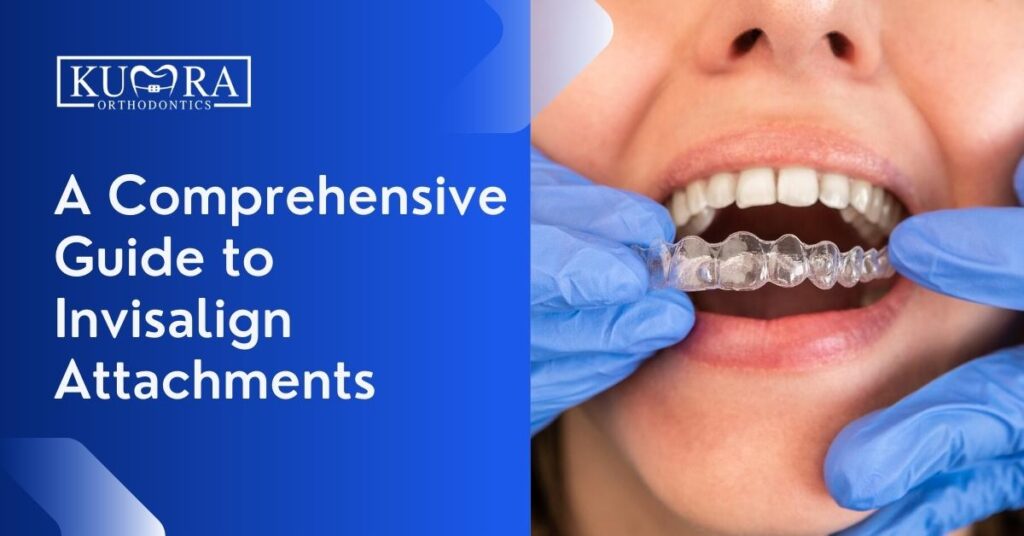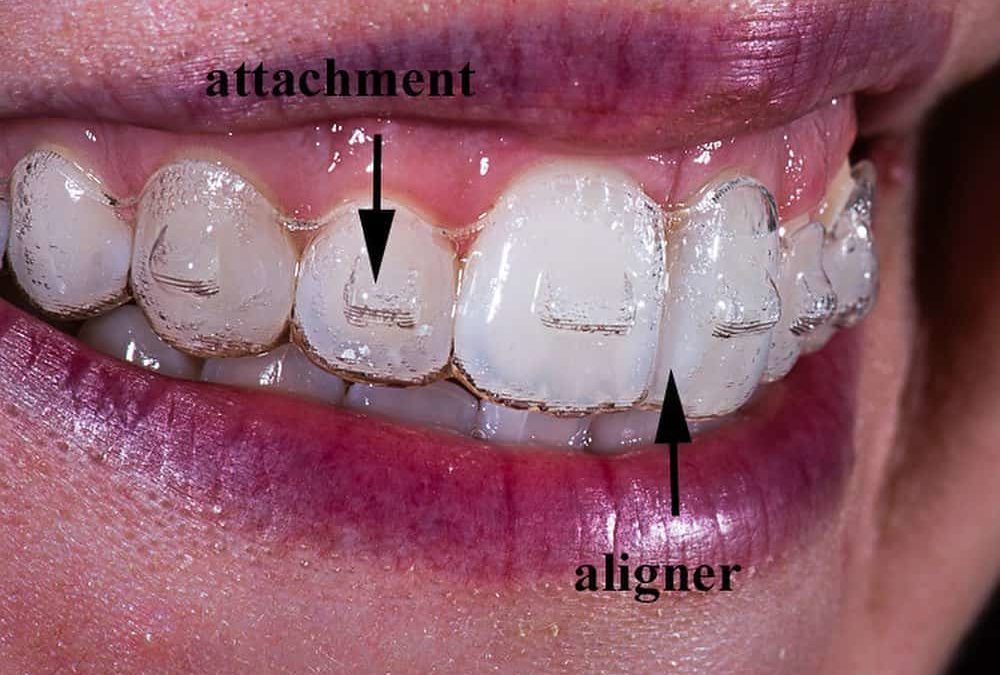Keeping Oral Health While Making Use Of Invisalign: Tips for a Smooth Experience
Invisalign vs. Conventional Dental braces: Which Alternative Is Right for You?
When thinking about orthodontic treatment, the selection between Invisalign and conventional dental braces offers a number of vital aspects that warrant careful assessment. Invisalign supplies a discreet choice with detachable aligners, while conventional braces offer a more visible yet effective solution for severe misalignment. Each choice includes distinct advantages and downsides associated to visual appeals, convenience, treatment period, and price. Understanding these subtleties is critical for making an informed choice that lines up with your individual choices and lifestyle. The question continues to be: which option will ideal satisfy your orthodontic requirements and assumptions?
Overview of Therapy Choices

On the other hand, standard braces include metal brackets and cords that are bound to the teeth. This technique applies constant pressure with time to attain placement. While reliable for complicated orthodontic problems, typical dental braces call for routine gos to for modifications and can present challenges in keeping oral health because of the difficulty of cleaning up around braces and cords.
Both choices have their merits, and the option usually hinges on particular dental problems, way of life preferences, and patient compliance. Eventually, speaking with an orthodontic professional is critical for establishing one of the most appropriate therapy strategy tailored to specific demands. Recognizing the subtleties of each alternative can dramatically influence the general success of orthodontic treatment.
Visual Considerations
A significant variable affecting the option between Invisalign and typical dental braces is the visual appeal each therapy uses. Invisalign aligners are crafted from clear plastic, making them basically undetectable when worn.
In contrast, standard braces are composed of metal braces and wires, which can be much more noticeable. While advancements in orthodontic technology have actually brought about the development of smaller sized brackets and tinted elastics, traditional braces still preserve a more obvious profile. For some people, the exposure of dental braces may prevent them from looking for necessary treatment.
Ultimately, the selection in between Invisalign and typical dental braces might rest on personal choices pertaining to visual appeals. Patients who prioritize discretion usually favor Invisalign, while those who are much less concerned regarding visibility might opt for standard dental braces. Recognizing the aesthetic ramifications of each option is important for making an educated decision that straightens with one's lifestyle and choices.
Convenience and Convenience

In terms of comfort, Invisalign aligners are detachable, allowing clients to enjoy their favorite foods without restriction and keep optimum oral health. Cleaning and flossing are simplified, as the aligners can be gotten throughout these routines, whereas traditional dental braces call for cautious maneuvering around braces and cables.
In comparison, conventional braces necessitate routine adjustments, making them much less practical for those with active routines. On the whole, the comfort and comfort of Invisalign make it an appealing choice for lots of people seeking orthodontic treatment.
Therapy Period and Effectiveness
While both Invisalign and standard dental braces work in dealing with dental misalignments, the period of therapy can vary dramatically between the two alternatives. Typically, Invisalign therapy can take anywhere from 12 to 18 months, depending on the complexity of the situation. The clear aligners work by slowly shifting teeth into their desired placements, and normal follow-ups with an orthodontist aid make sure progress stays on track.
In comparison, conventional dental braces typically require a longer dedication, usually varying from 18 months to 3 years. This is because of their set nature and the use of brackets and cables, which can be more efficient for serious imbalances and intricate instances (Invisalign). The therapy performance of traditional braces is well-documented, as they enable for specific adjustments and greater control over tooth motion
Inevitably, the choice between Invisalign and conventional dental braces may hinge on both the expected therapy period and the specific dental issues available. Consulting with an orthodontist is critical, as they can offer customized recommendations based on specific requirements, making certain the picked technique aligns with desired end results and timeframes.
Price Comparison and Insurance Coverage Options
Price plays a substantial function in the decision-making process for people thinking about orthodontic therapy, whether opting for Invisalign or standard braces. On average, the expense of Invisalign varieties from $3,000 to $8,000, while conventional dental braces normally set you back in between $2,000 and $6,000. Variables affecting these costs include the complexity of the instance, the duration of treatment, and geographical location.
Insurance policy insurance coverage can dramatically impact out-of-pocket expenses. Several oral insurance coverage plans offer partial protection for orthodontic therapies, but the specifics can vary extensively. It is crucial for patients to review their insurance coverage to identify the level of coverage for either choice. Usually, conventional dental braces may be a lot more frequently covered by insurance coverage strategies compared to Invisalign, which some insurance providers classify as a cosmetic treatment.
In addition, several orthodontic methods supply flexible payment plans, making both therapy choices more obtainable. Patients need to ask about prospective financing alternatives and discount rates for upfront payments. Reviewing the complete cost, consisting of insurance coverage advantages Learn More and layaway plan, is crucial for making a notified choice that straightens with both visual preferences and budget factors to consider.

Verdict
In summary, the choice in between website link Invisalign and traditional dental braces hinges on numerous variables, consisting of visual preferences, comfort, treatment duration, and expense. Invisalign provides a discreet, removable option that assists in dental health and dietary flexibility, while standard dental braces may be preferable for complex oral problems and commonly come at a reduced rate point. Inevitably, examination with an orthodontist is important to evaluate specific situations and figure out one of the most proper treatment choice for attaining optimal dental alignment.
When thinking about orthodontic therapy, the selection between Invisalign and traditional braces provides a number of vital variables that warrant careful assessment.Comparing Invisalign and conventional braces exposes distinct therapy alternatives for orthodontic adjustment.While both Invisalign and traditional dental braces are efficient in correcting dental discover this misalignments, the period of therapy can vary dramatically between the 2 alternatives.Expense plays a considerable duty in the decision-making process for individuals taking into consideration orthodontic treatment, whether choosing for Invisalign or conventional dental braces.In recap, the choice in between Invisalign and traditional braces hinges on numerous aspects, consisting of aesthetic preferences, convenience, treatment duration, and expense.